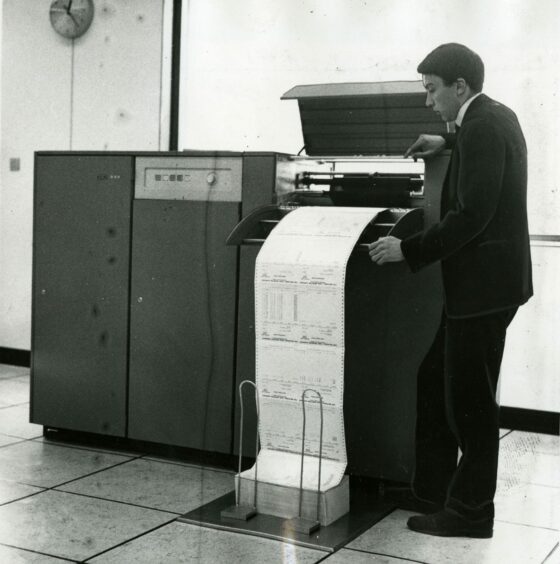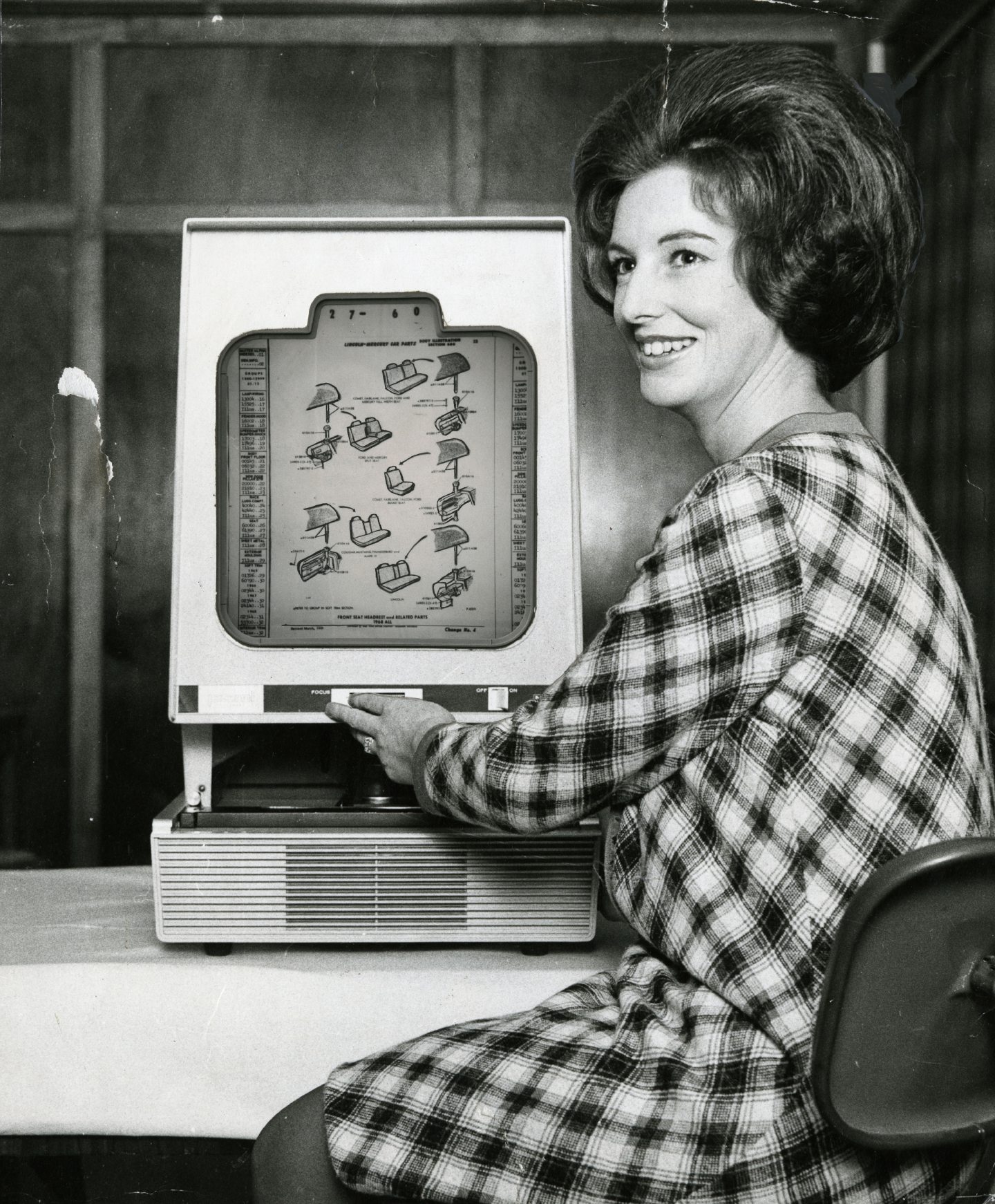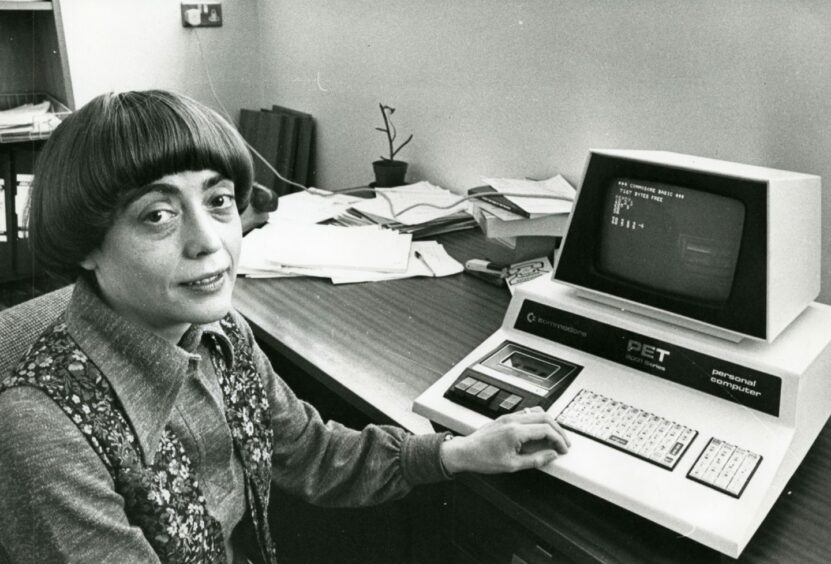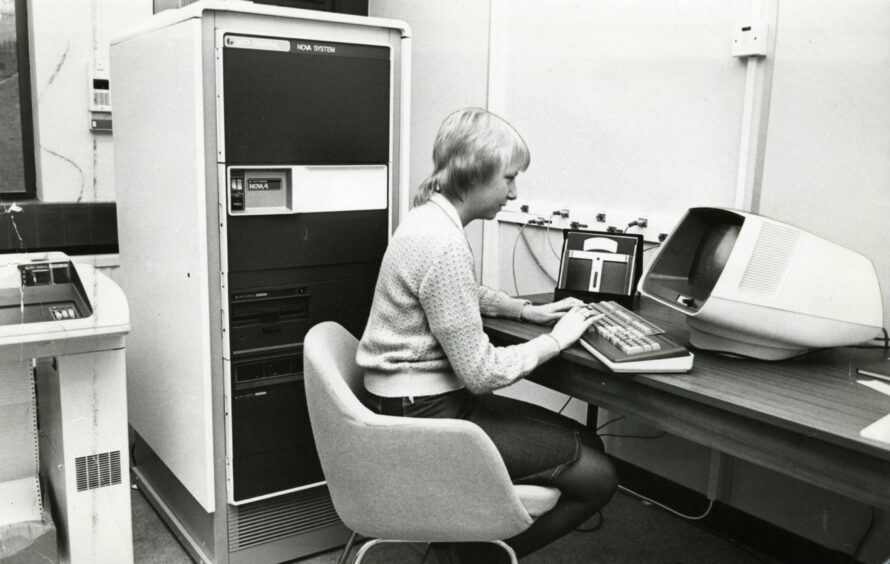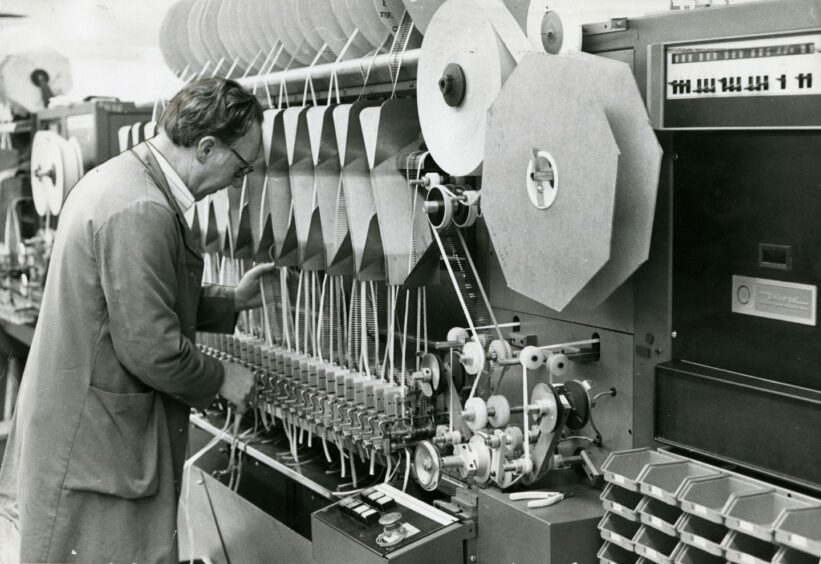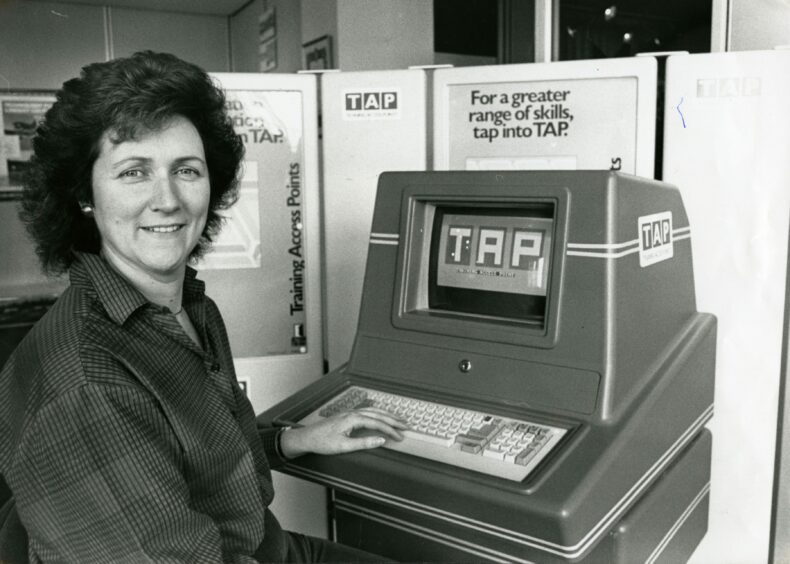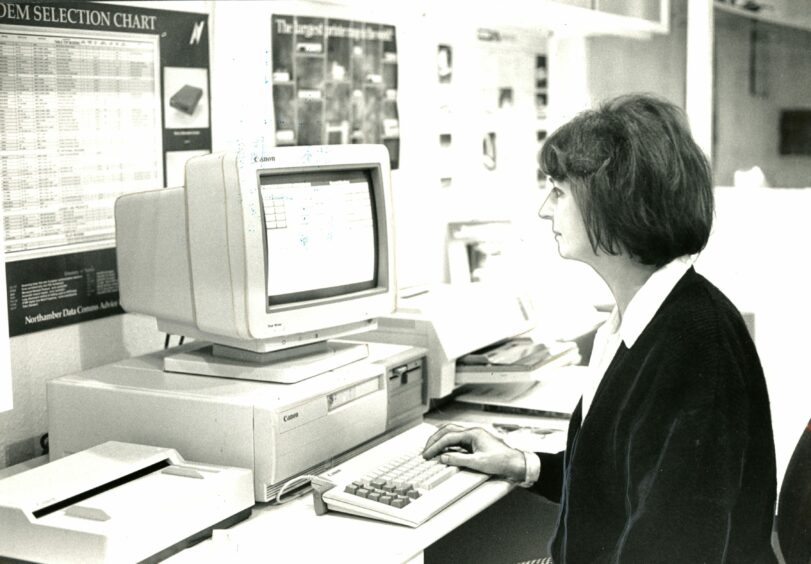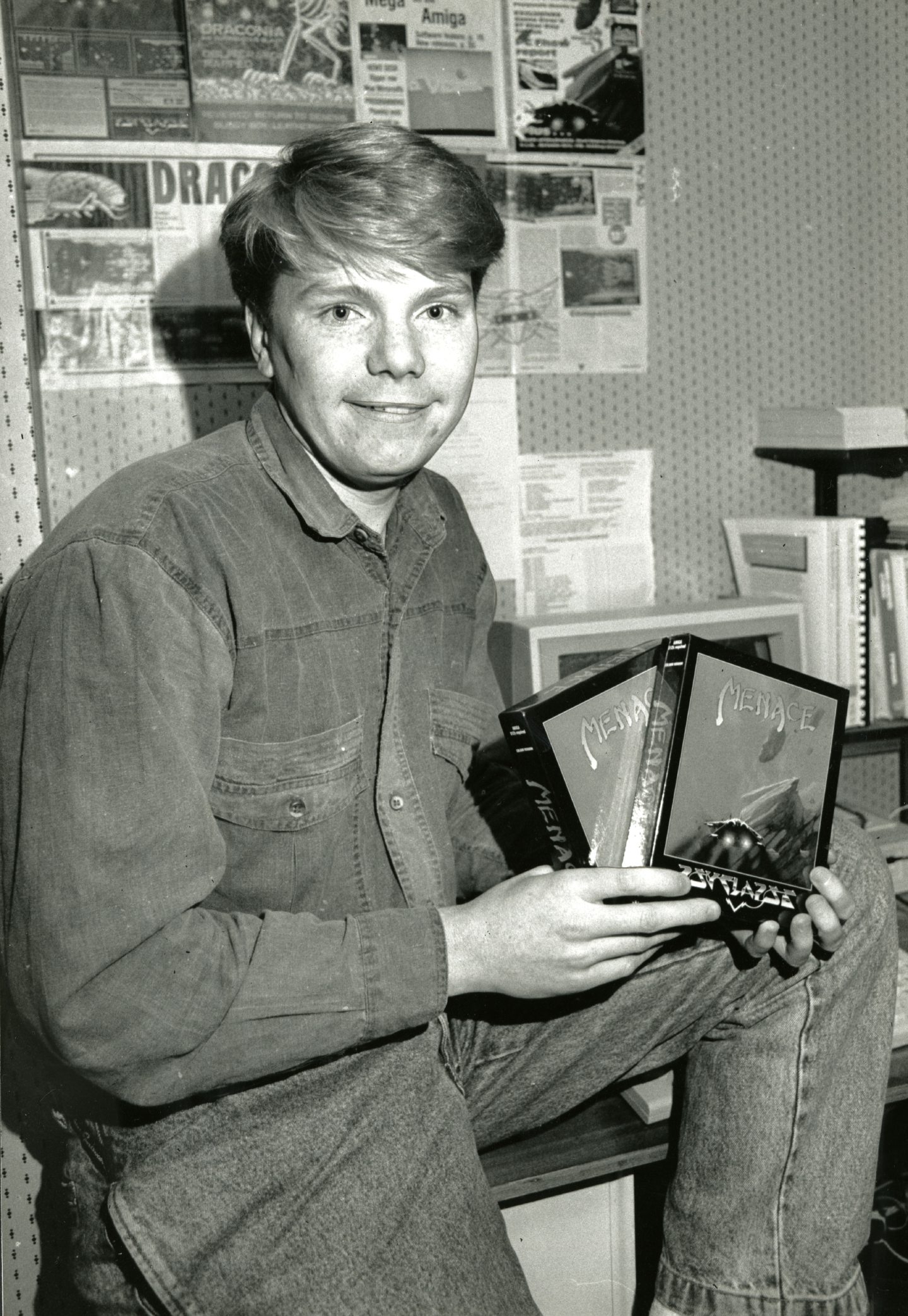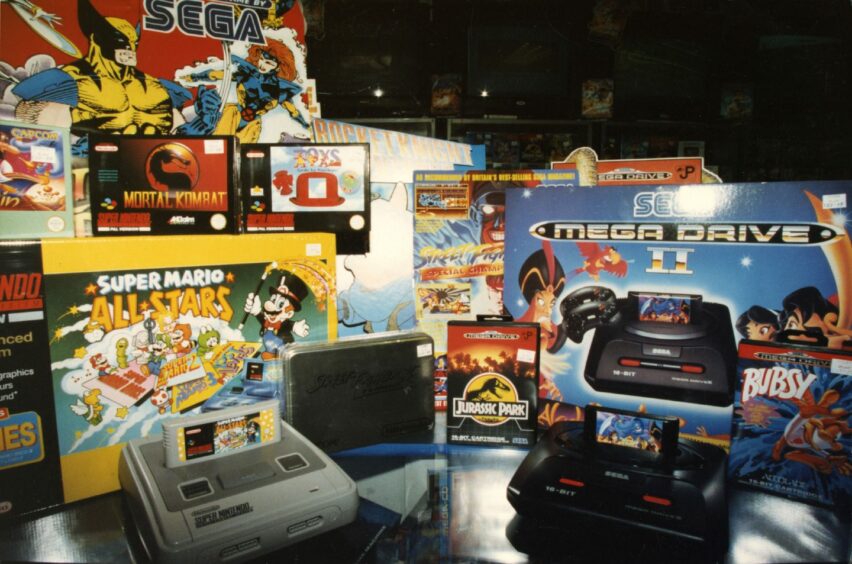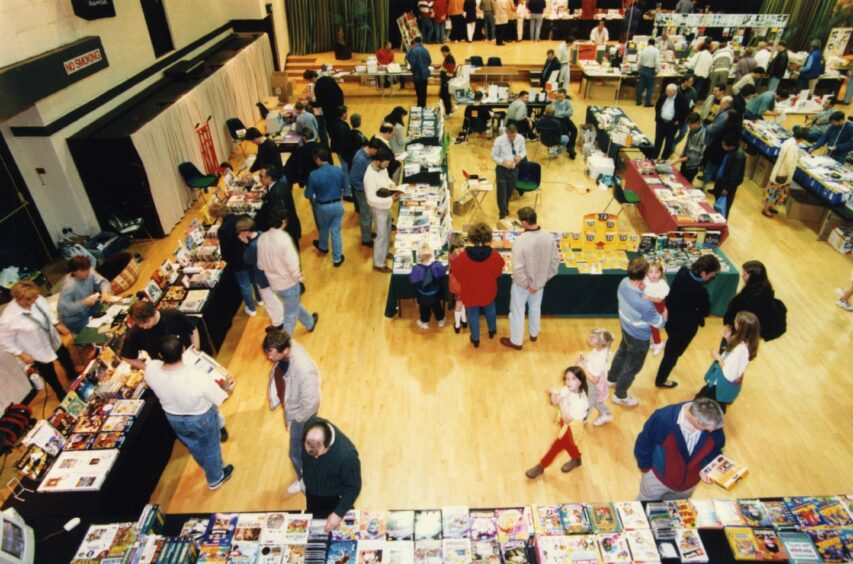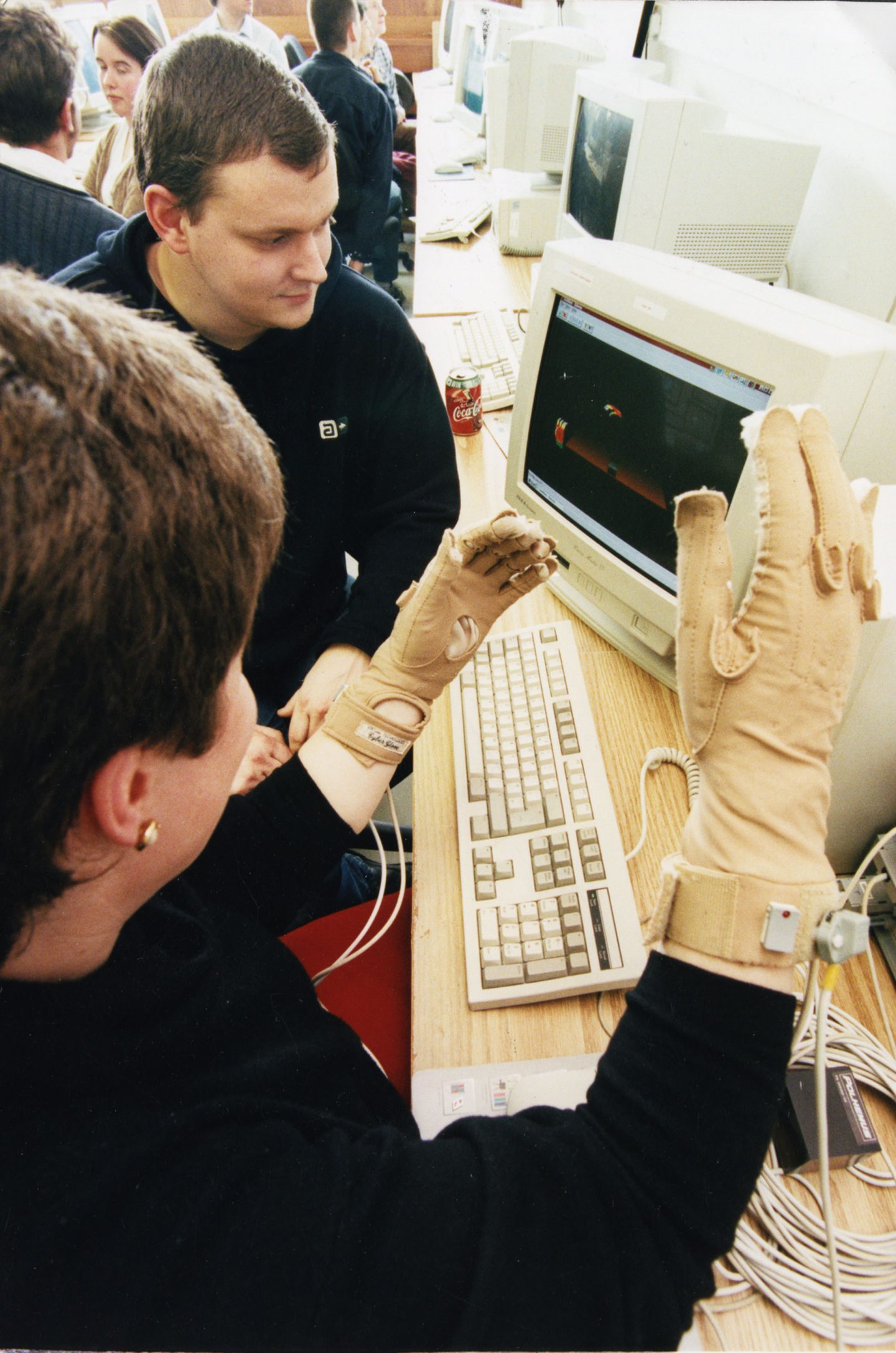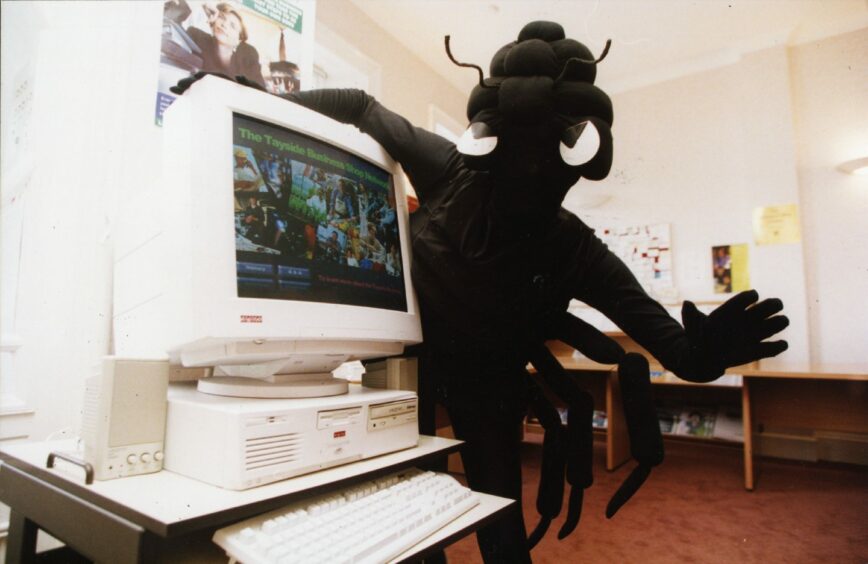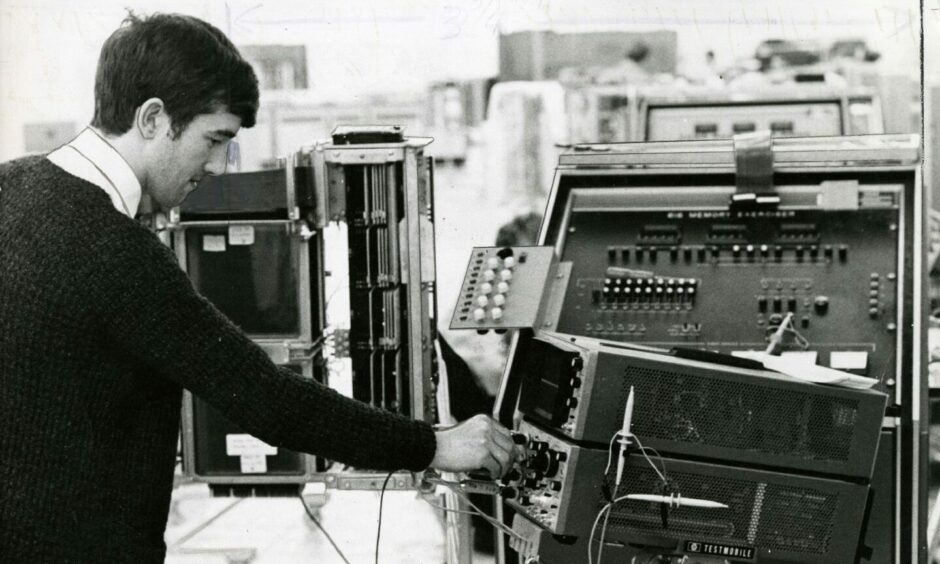
Technology snaps from the past is the focus of this week’s pictorial trip back in time.
The DC Thomson archives team has dug out a varied selection of photographs from a time when computer equipment was becoming more common in workplaces and the video games scene was starting to emerge in the City of Discovery.
Grab yourself a cuppa and enjoy having another browse back through the ages courtesy of The Dundonian, which appears in the Evening Telegraph every Wednesday.
Some of these photographs have not been seen for years.
Maybe you will spot a familiar face.
1964
NCR transformed how factories were operated when it came to the city in 1946.
A pioneering electro-mechanical accounting system, the Computronic, was designed in Dundee.
1968
Britain’s looming conversion to a decimal system in 1971 led to a surge in demand for new cash registers and accounting machines at the end of the decade.
The Dundee operation expanded rapidly and, at its peak in 1971, there were 6,000 NCR workers across seven factories.
1979
The Commodore PET was the world’s first personal computer in 1977.
Elaine Rennie, a lecturer in accounting at Dundee College of Technology, was using the computer, which had 4K of memory and separate numeric pad.
1981
Gate Microsystems Limited was formed in Dundee in 1979.
The company was based at Yeaman Shore in Nethergate and was being described in the 1980s as “Scotland’s leading supplier of word processing equipment”.
1981
Henry Cox was operating a sequence machine at NCR in 1981.
NCR has now spent some 77 years in the city and is still a major employer in Dundee, where it has its research and development centre of excellence.
1987
For a greater range of skills – tap into TAP.
Fiona Greig is pictured with the TAP computer, which stood for “training access points” and gave people “detailed local and national information on training courses”.
1987
Microscot Computer Consultants were set up in 1985 at the invitation of NCR to complement and market their new new family of personal computers.
The Courier said Microscot and their associates aimed to offer customers “the widest range of computer goods and services consistent with quality and reliability”.
1988
David Jones was 22 when his career started with the indie game Menace, which he developed himself under the company name DMA Design and released in 1988.
The game sold 15,000 copies and earned him £20,000, which he used to buy a car
1993
Do you remember the Super Nintendo and the Sega Mega Drive?
The console wars of the 1990s were the subject for this DC Thomson photograph, which shows games including Mortal Kombat, Jurassic Park and Super Mario All-Stars.
1996
The computer fair is now mostly a forgotten relic of history.
Back in the 1990s they would draw the crowds to the Bonar Hall where gaming retailers from across the area would gather behind a wooden table to sell their wares.
1998
This looks like a deleted scene from a Hammer Horror movie!
Fourth year honours student Lee Hayward looks on as an administrator tries his ‘Cybergloves’, which he claimed would eventually make computer keyboards obsolete.
1998
Do you remember the millennium bug?
Apparently every decade has its own Armageddon and Y2K was the glitch in computer systems that looked capable of destroying civilisation at the stroke of midnight in 2000.
The bug was about the limitations of the clocks inside computers.
Concern grew into panic towards the end of the decade, something that probably wasn’t helped by dressing someone up in a black bug suit and getting them to pose beside a computer.
